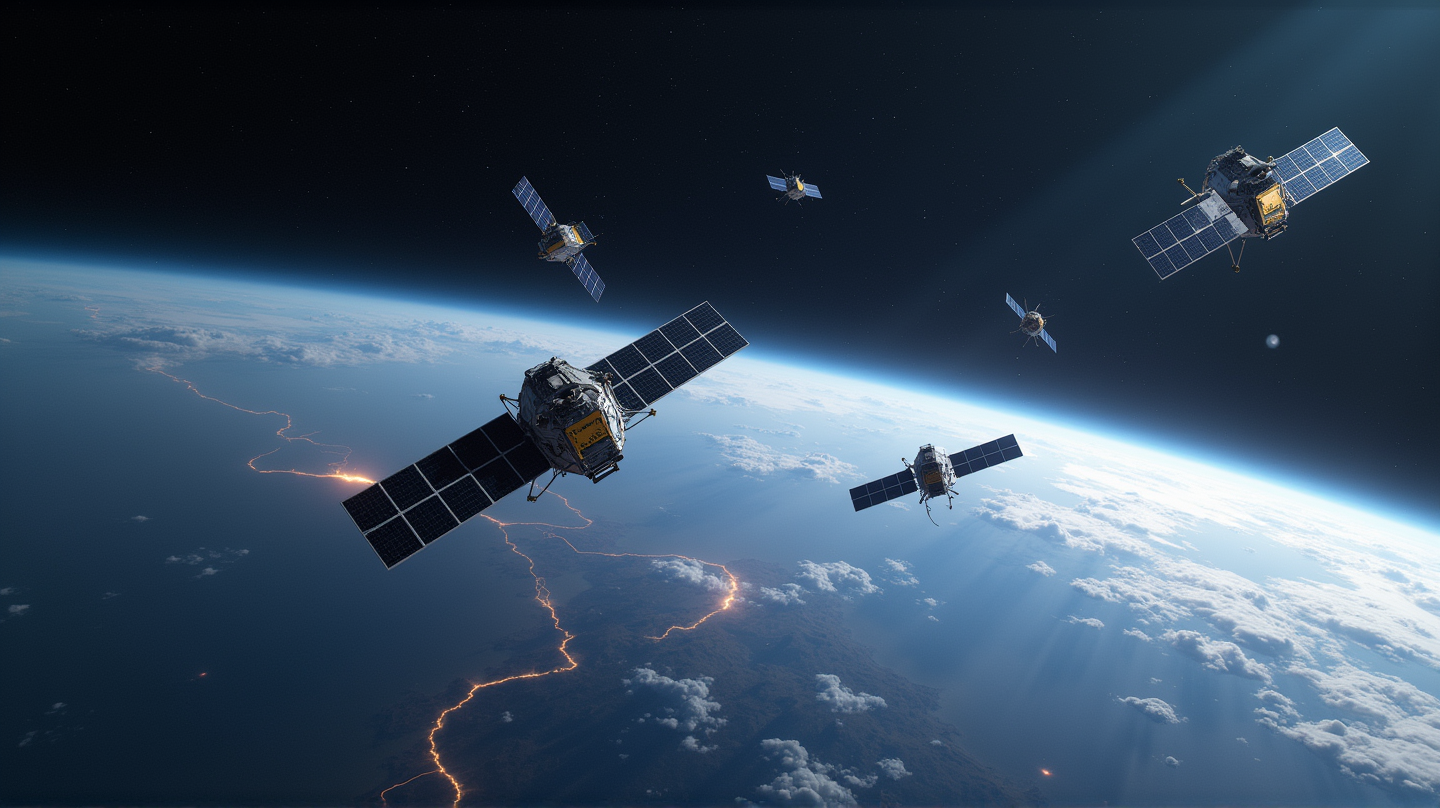Revolutionizing Space: The Rise of Small Satellites
Discover the mighty role of small satellites, revolutionizing space exploration and industry with agility and cost-effectiveness.

Small satellites are steadily transforming the landscape of space exploration and technology. Often dismissed as merely utilitarian devices, these compact marvels are redefining what is possible in orbit, proving that bigger isn’t always better. According to Deutsches Zentrum für Luft- und Raumfahrt, small satellites are not only cost-effective but also open new avenues for science and industry, leading to a brighter future in space applications.
Small Satellites: More Than Size
Covering a range of classes, from just a few grams up to 500 kilograms, small satellites serve multiple roles. They act as our eyes in space, continuously monitoring Earth with unmatched precision and sending back critical data for climate research, environmental monitoring, and even aspects of national security. As for deep space, these satellites become invaluable rovers that traverse cosmic pathways, unearthing mysteries contained in the vast expanse.
The Economic Edge: Speed and Cost
One of the major perks of small satellites is their potential to democratize space exploration and research. Shortened development cycles and reduced costs mean more brains get to join the fun. Agile from conception to launch, these satellites are perfect for start-ups looking to make their mark as well as established enterprises keen to innovate without breaking the bank.
An Innovative Hub: DLR’s Role
The German Aerospace Center (DLR) is at the forefront of innovation in this field, serving as a pivotal node in the small satellite industry. By combining scientific expertise with practical applications, DLR accelerates technological advancements that aren’t limited by traditional constraints of space missions. From mission planning to technological support, DLR fosters an ecosystem that nurtures cutting-edge research and development.
DLR doesn’t just stop at making these space-borne devices; it acts as a financial steward via the German Space Agency, ensuring that the economic fruits of these technological endeavors are realized, sustained, and grown. Such structures are crucial, offering a springboard for universities, start-ups, and small-to-medium enterprises (SMEs) to innovate.
The Future: Small Satellites as Industry Catalysts
The story of small satellites does not just reside in their current achievements. The potential to create constellations and satellite swarms is very real and affordable, pushing boundaries every day. The flexibility and reduced latency they offer promise immense leaps in data access and usage, propelling scientific research and industrial applications into a new age of connectivity and analysis.
As cubes just centimeters in size, these satellites encapsulate what tomorrow holds: versatile, dynamic, and efficient tools for a boundless future, signifying a big future for a small innovation.
Behind the Scenes
Looking back to when Sputnik soared through the skies in 1958, the narrative of spaceflight was heavily dominated by van-sized satellites. Fast-forward to the present, and small satellites now stand as powerful actors in their own right, proving that small is truly the new big. At the DLR, the pace never relents, as efforts continue tirelessly to support these ‘orbital assistants’, aiming to broaden their role in diverse fields, including transportation, security, and environmental monitoring.
Here, at the heart of space innovation, small satellites are helping to weave a new narrative, a fabric of opportunity in space technology. Unquestionably, the world is yet to see just how far these small titans will take us.

